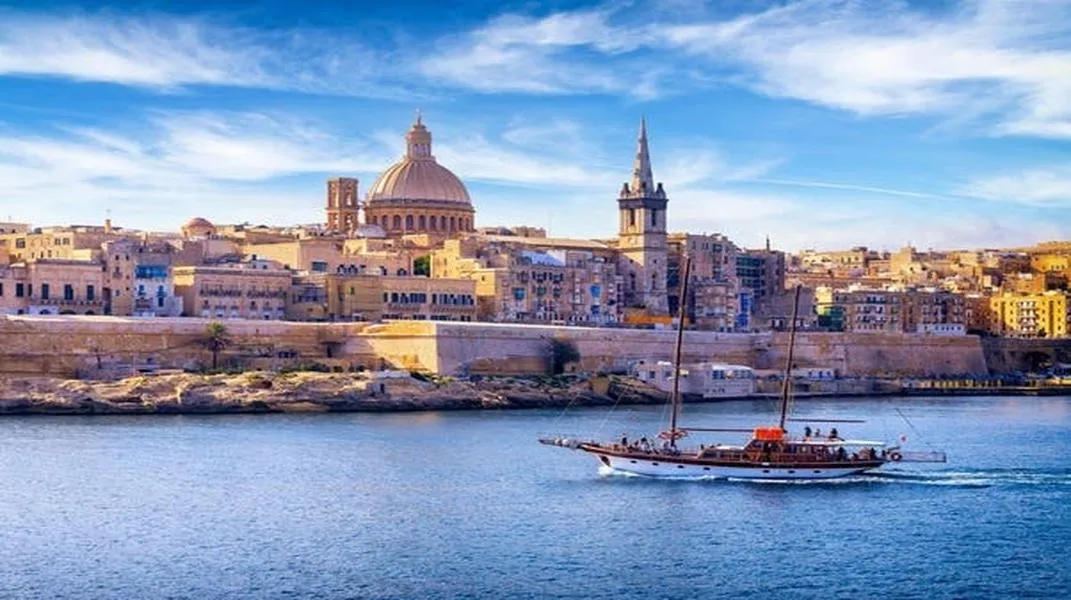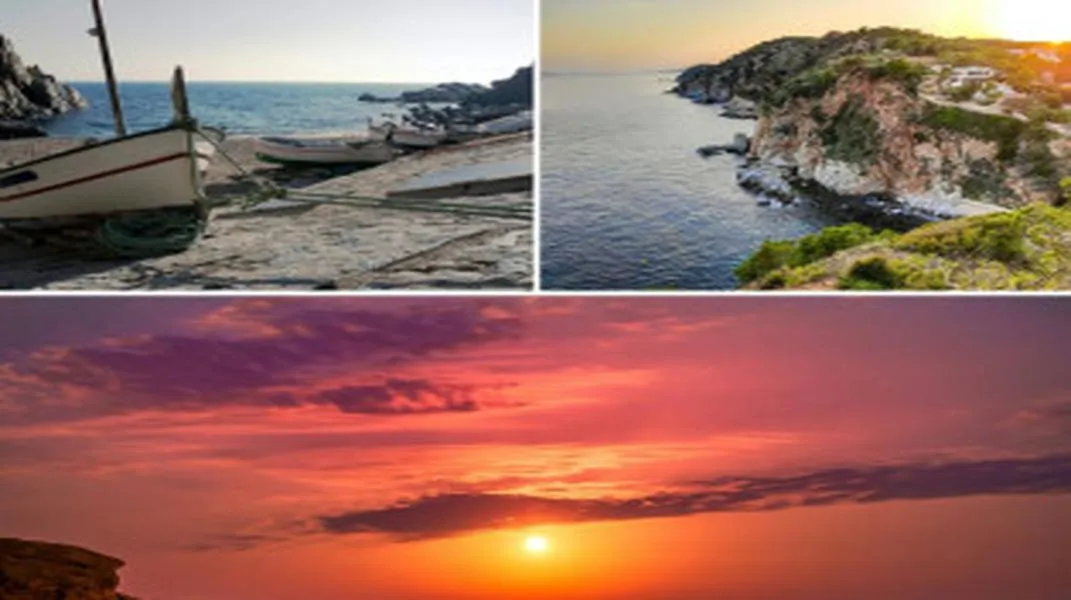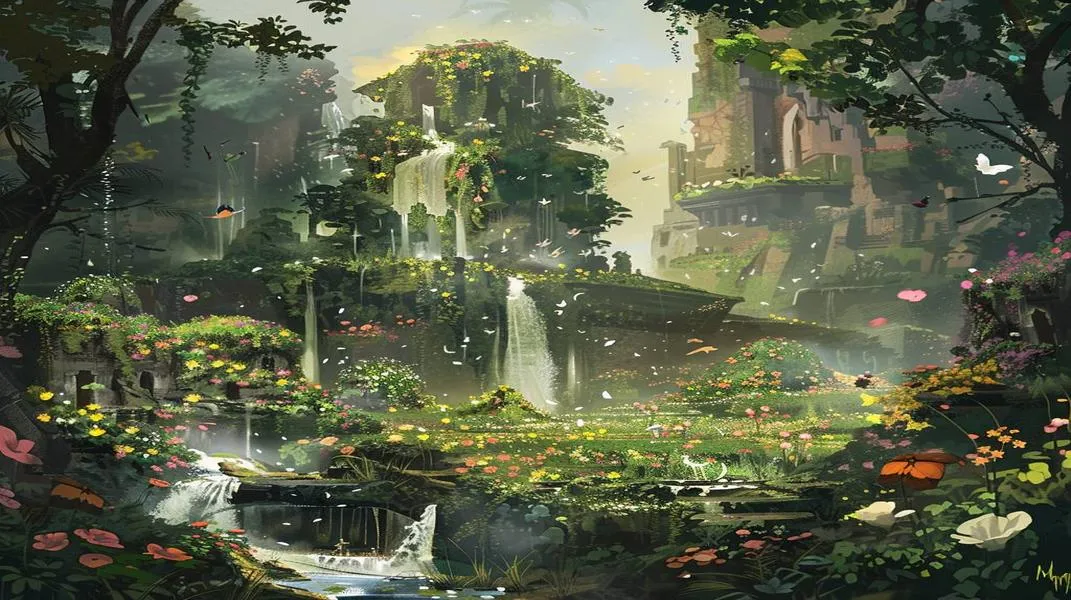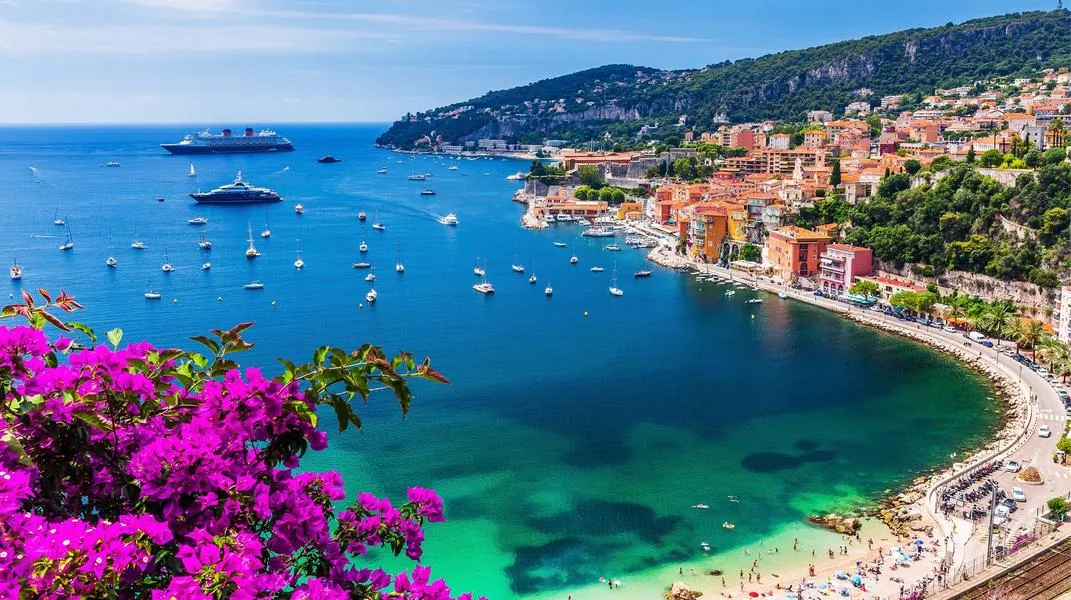Exploring Malta: A Mediterranean Gem
Nestled in the heart of the Mediterranean Sea, Malta is a captivating archipelago that boasts a rich tapestry of history, culture, and natural beauty. With its stunning coastlines, ancient ruins, and vibrant cities, Malta has become a sought-after destination for travelers from around the globe. This article serves as a comprehensive guide to exploring Malta, detailing its attractions, cultural significance, and essential preparations for an unforgettable visit.

A Brief Overview of Malta
Malta is comprised of three main islands: Malta, Gozo, and Comino. Each island possesses its own unique character and allure. The capital city, Valletta, is a UNESCO World Heritage Site, renowned for its well-preserved architecture and historical significance. The islands are steeped in history, having been influenced by various civilizations, including the Phoenicians, Romans, Knights of St. John, and the British.
The Maltese archipelago is characterized by its stunning limestone cliffs, charming fishing villages, and picturesque beaches, making it an ideal destination for nature lovers and history enthusiasts alike. The warm Mediterranean climate ensures that visitors can enjoy the beauty of Malta year-round.
Major Attractions in Malta
1. Valletta
Valletta, the capital city, is steeped in history and brimming with cultural attractions. Founded in 1566 by the Knights of St. John, Valletta is home to impressive fortifications, palaces, and museums. Key sites to explore include:
- St. John’s Co-Cathedral: This magnificent cathedral is a masterpiece of Baroque architecture. Inside, visitors can admire the intricate carvings, gilded ceilings, and the famous painting "The Beheading of Saint John the Baptist" by Caravaggio.
- The Grand Master's Palace: Once the residence of the Grand Master of the Knights of St. John, this palace is now home to the Office of the President. The opulent rooms and armory provide insight into Malta’s history.
- Upper Barracca Gardens: Offering stunning views of the Grand Harbour, these beautifully landscaped gardens are a perfect spot for a leisurely stroll or a picnic.
2. Mdina
Known as the "Silent City," Mdina is a fortified medieval town that offers a step back in time. Its narrow winding streets, ancient walls, and stunning architecture make it a must-visit. Key highlights include:
- St. Paul’s Cathedral: This impressive Baroque cathedral is a focal point of Mdina, featuring an ornate interior and beautiful artwork.
- The Mdina Dungeons: For those intrigued by Malta's darker history, the Mdina Dungeons provide a glimpse into the island's medieval past, complete with exhibits on torture and punishment.
3. The Blue Lagoon, Comino
Comino, the smallest of the three islands, is famous for the Blue Lagoon, a stunning bay with crystal-clear turquoise waters. It is an idyllic spot for swimming, snorkeling, and sunbathing. The surrounding natural beauty and tranquility make it an ideal escape from the hustle and bustle of city life.
4. Gozo
Gozo, Malta’s sister island, is known for its lush landscapes and rural charm. Key attractions include:
- The Citadel: Located in the capital city of Victoria, the Citadel is a fortified city with stunning views of the island. Visitors can explore its ancient walls and museums.
- Dwejra Bay: Home to the iconic Azure Window (though it collapsed in 2017), Dwejra Bay is still a beautiful spot for hiking, diving, and enjoying the natural scenery.
- Ramla Bay: Renowned for its reddish sandy beach, Ramla Bay is a popular destination for relaxation and beach activities.
5. The Megalithic Temples
Malta is home to some of the oldest free-standing structures in the world, dating back to 3600 BC. The Megalithic Temples of Ħaġar Qim, Mnajdra, and Tarxien are UNESCO World Heritage Sites. These ancient temples offer a fascinating insight into Malta’s prehistoric civilizations and should not be missed.
Cultural Experiences
Malta is a melting pot of cultures, and visitors can immerse themselves in the island’s rich traditions and customs. Some cultural experiences to consider include:
- Maltese Cuisine: Sample local dishes such as pastizzi (flaky pastries filled with ricotta or peas), rabbit stew, and the famous Maltese bread. Don’t forget to try the traditional dessert, kannoli, filled with sweet ricotta.
- Festivals: Depending on the time of year, visitors may experience vibrant local festivals, such as the Feast of St. Paul in Valletta or the Carnival in Nadur, Gozo, which are characterized by colorful parades, music, and traditional food.
- Art and Craft Markets: Explore local craftsmanship at markets featuring handmade pottery, lacework, and glassware. The Ta' Qali Crafts Village is a great place to find unique souvenirs.
Preparing for Your Visit to Malta
To ensure a smooth and enjoyable trip to Malta, it’s essential to prepare in advance. Here’s a checklist of what you need to consider:
1. Travel Documents
- Passport and Visa: Ensure your passport is valid for at least six months beyond your planned departure. Depending on your nationality, you may need a visa to enter Malta. Check the official government website for visa requirements.
2. Accommodation
- Booking: Malta offers a wide range of accommodation options, from luxury hotels to budget-friendly hostels and charming guesthouses. Popular areas to stay include Valletta, Sliema, and St. Julian's.
3. Transportation
- Getting Around: Malta has an extensive public transportation system, including buses that connect major attractions. Renting a car is also an option, but be aware that driving is on the left side of the road. Alternatively, consider using taxis or rideshare services.
4. Currency and Payments
- Currency: Malta uses the Euro (€). Credit cards are widely accepted, but it’s advisable to carry some cash for smaller vendors and markets.
5. Weather Considerations
- Climate: Malta enjoys a Mediterranean climate, with hot summers and mild winters. The best time to visit is between April and June or September and October when the weather is pleasant, and the tourist crowds are thinner.
6. Packing Essentials
- Clothing: Pack lightweight, breathable clothing for summer visits, along with a hat and sunglasses for sun protection. Bring a light jacket for cooler evenings in spring and autumn.
- Footwear: Comfortable walking shoes are a must for exploring the cobblestone streets and historical sites. If you plan to visit the beach, don’t forget swimwear and sandals.
- Travel Gear: A good camera is essential to capture the breathtaking landscapes and historical landmarks. A portable charger can be handy for keeping your devices powered throughout the day.
7. Health and Safety
- Travel Insurance: Consider purchasing travel insurance that covers health emergencies, trip cancellations, and lost belongings.
- Health Precautions: Malta is generally safe for travelers, but it’s always wise to take standard safety precautions. Stay hydrated, apply sunscreen, and be cautious while swimming in unfamiliar waters.
8. Cultural Etiquette
- Respect Local Customs: Malta has a rich cultural heritage, and it’s important to respect local customs and traditions. Dress modestly when visiting religious sites and be mindful of local etiquette.
Conclusion
Malta is a destination that offers a unique blend of history, culture, and natural beauty. Whether you’re exploring the ancient streets of Valletta, relaxing by the Blue Lagoon, or savoring delicious Maltese cuisine, there’s something for everyone on this enchanting archipelago. By preparing adequately and immersing yourself in the local culture, you can create unforgettable memories that will last a lifetime. So pack your bags and get ready for a Mediterranean adventure in Malta!




